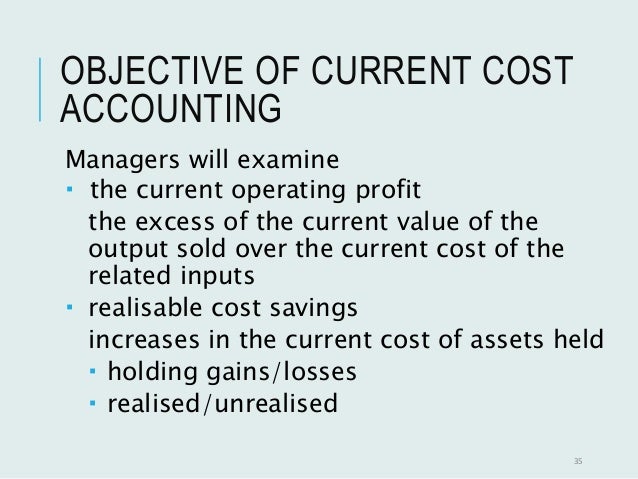The reconciliation process balances 2 sets of figures with the aim of both being equal. Reconciliation then lets those managing the process ensure that the figures are correct and in agreement. It helps eliminate fraud and any accounting errors, helping a business be more efficient. The reconciliation process involves comparing internal financial records with external documents to identify and correct discrepancies. This includes investigating any differences, making necessary adjustments, and documenting the process for accuracy. Finally, the reconciliation is reviewed and approved to ensure the financial records are accurate and complete.
Avoid late payments and penalties from banks
It can reduce vendor queries and make control of spending much more efficient. These errors would relate to issues between what a vendor is charging you and the inventory, services, or supplies that you have received. Related articles on how to run a more five components of the coso framework you need to know efficient, profitable law firm.
Reconciliation in accounting best practices
If it doesn’t, you’ll have to go back in time or check the audit trail to find the transaction or transactions that changed. In the double-entry accounting process, all transactions get posted as both debits and credits. Individuals could also use the process to verify the accuracy of their banking and credit card accounts. Reconciliation must be performed on a regular and continuous basis on all balance sheet accounts as a way of ensuring the integrity of financial records.
- Adding to the challenge, sometimes an entry in the general ledger may correspond to two or more entries in a bank statement, or vice versa.
- After 60 days, the Federal Trade Commission (FTC) notes, they will be liable for “All the money taken from your ATM/debit card account, and possibly more—for example, money in accounts linked to your debit account.”
- This is the one that keeps business owners and finance and accounting professionals up at night.
- Reconciliation must be performed on a regular and continuous basis on all balance sheet accounts as a way of ensuring the integrity of financial records.
- There are 5 main recognised kinds of reconciliation accounting that are industry-wide.
Auditors will always include reconciliation reports as part of their PBC requests. You can use net accounts receivable different sets of figures depending on what you are trying to achieve. In business, this would typically mean debits recorded on a balance sheet and credits on an income statement. The process is particularly valuable for companies that offer credit options to their customers. Accountants can compare the amounts received with the amounts unpaid.
Unexplained or mysterious discrepancies may warn of fraud or cooking the books. Whilst there is no prerequisite for most businesses to reconcile regularly, doing so is a good habit as it will mean that business and financial information is up to date. Additionally, reconciling regularly will make it easy to spot and explain any reconciling transactions or errors.
Deposits and Checks
For example, real estate investment company ABC purchases approximately five buildings per fiscal year based on previous activity levels. The company reconciles its accounts every year to check for any discrepancies. This year, the estimated amount of the expected account balance is off by a significant amount. If the indirect method is used, the cash flow from the operations section is already presented as a reconciliation of the three financial statements.
Bank Reconciliation
Bank reconciliation is a crucial process that ensures the accuracy of a company’s financial records. It involves comparing the company’s bank statement with its own records to identify any discrepancies and reconcile them. Analytics review uses previous account activity levels or historical activity to estimate the amount that should be recorded what are business expenses definition with examples in the account.
Some systems record all transactions involving cash in a ledger called a cashbook. Reconciling these accounts is usually a simple matter of making sure that the balance in the relevant subledger or schedule matches the balance in the general ledger. Finally, look for the transactions that are in the general ledger, but not on the statement, and vice versa. Do you need to record the bank fees or credit card interest in the general ledger?


